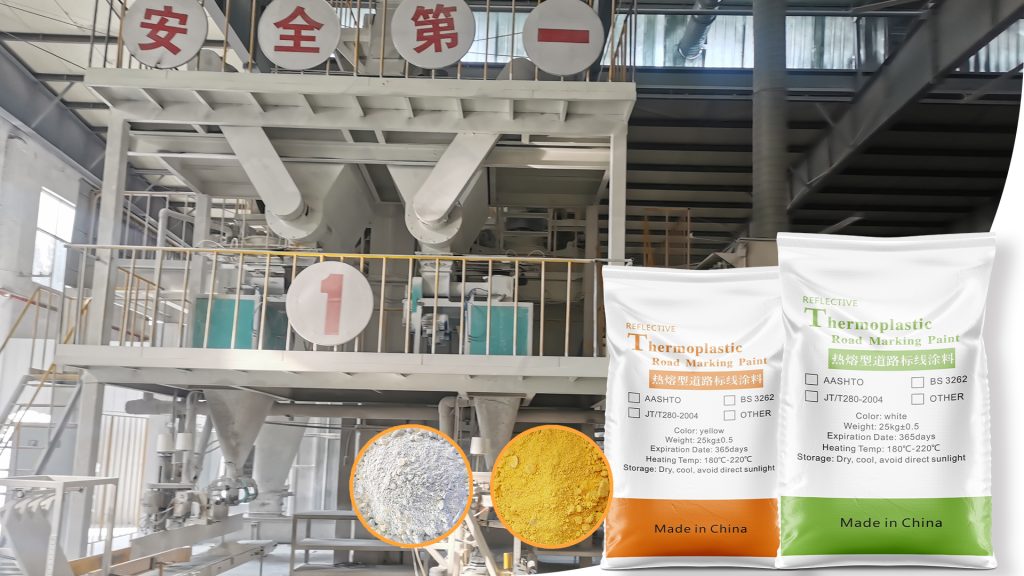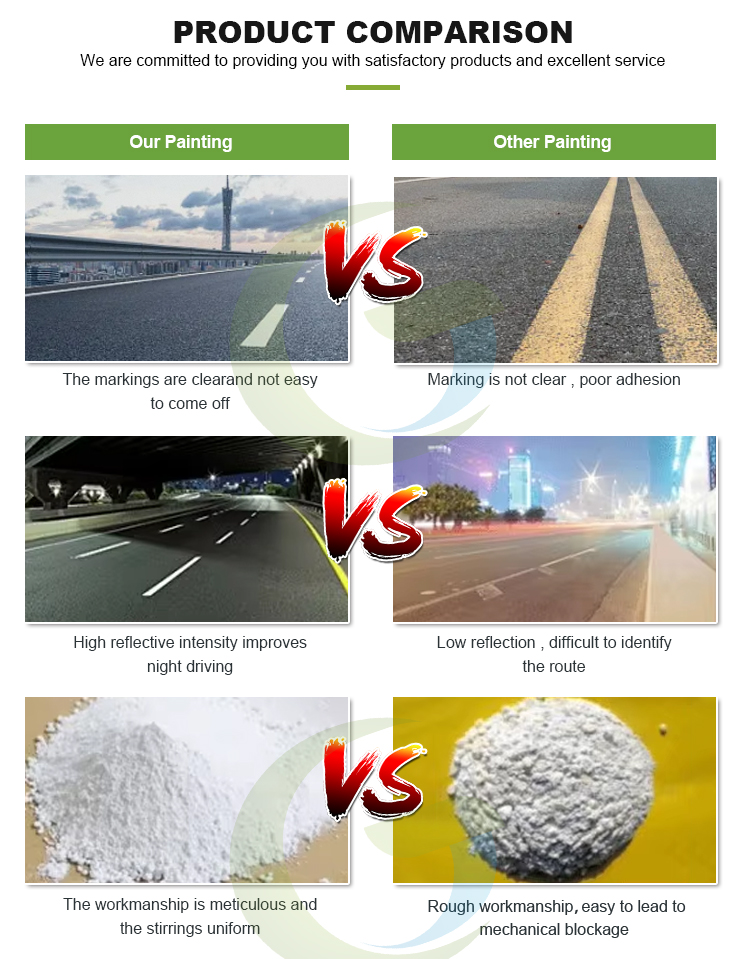Road Marking Paint and Machine Manufacturer
+86-15668659958
Road Marking Paint and Machine Manufacturer
+86-15668659958
No one can really explain the problem of hot melt marking cracks, and most of them are the responsibility of the material factory. Little do you know, the reasons behind it are very complex. If you often encounter such problems, you can patiently read down. Believe me, as long as you look into it, it will definitely overturn your original understanding!
Beginning of the main text: 1. Regular horizontal and vertical cracks appear in the hot-melt marking coating of asphalt pavement


Choose suitable coatings based on climate temperature and environment. Engaging in road marking construction will definitely encounter situations where the marking paint cracks, which can seriously affect the acceptance and payment of the entire project. Material manufacturers and construction parties will argue with each other, resulting in damage to the interests of both parties. I hope this article can clarify the situation and avoid unnecessary losses. This article is for reference only.
Our company is a professional manufacturer of road hot-melt coatings and road glass beads. If you are interested, please feel free to contact me via email at any time export@toproadtraffic.com
